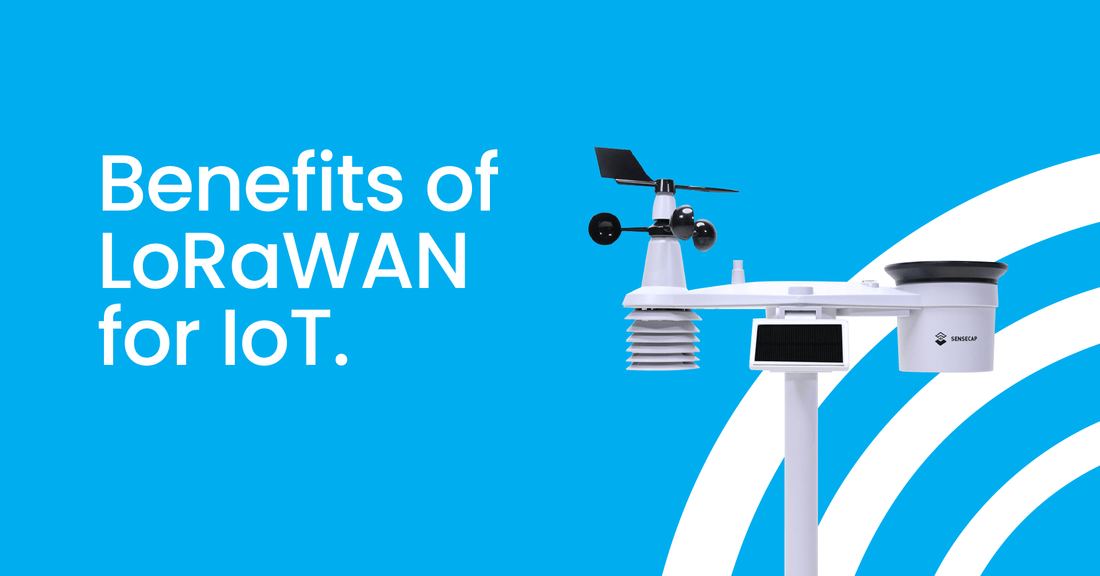The Internet of Things (IoT) has brought about a revolution in the way we live and work, connecting devices and machines to the internet to enable automation, monitoring, and control. One of the key technologies that has enabled this revolution is low-power, long-range (LoRa) wireless communication. In this article, we will explore the benefits of LoRa and LoRaWAN, as well as how the Helium Network enables roaming capabilities.
LoRa, short for low-power, long-range, is a wireless communication technology that allows devices to communicate over long distances using minimal power. It operates on a sub-gigahertz frequency band, which enables it to transmit data over greater distances than traditional WiFi or cellular networks. This makes LoRa ideal for IoT applications where devices need to communicate over long distances, such as in remote or rural areas, or in industrial environments.
LoRaWAN, short for LoRa Wide Area Network, is a networking protocol that enables LoRa devices to connect to the internet. It is built on top of the LoRa physical layer and provides the necessary infrastructure for connecting LoRa devices to the internet, including network servers, gateways, and security protocols. LoRaWAN enables the creation of large-scale, low-power networks that can support thousands of devices.
The Helium Network is a decentralized network built on the LoRaWAN protocol that enables IoT devices to roam between gateways. This means that devices can move around and still maintain connectivity, without needing to be reconfigured or reset. The Helium Network also allows for easy deployment and management of gateways, enabling organizations to quickly and easily set up their own LoRaWAN networks.
In conclusion, LoRa and LoRaWAN are powerful technologies that have enabled the growth of the IoT. They provide low-power, long-range communication capabilities, making them ideal for a wide range of applications. The Helium Network further extends the capabilities of LoRaWAN by enabling roaming capabilities for IoT devices, making it easier for organizations to deploy and manage their own networks.
